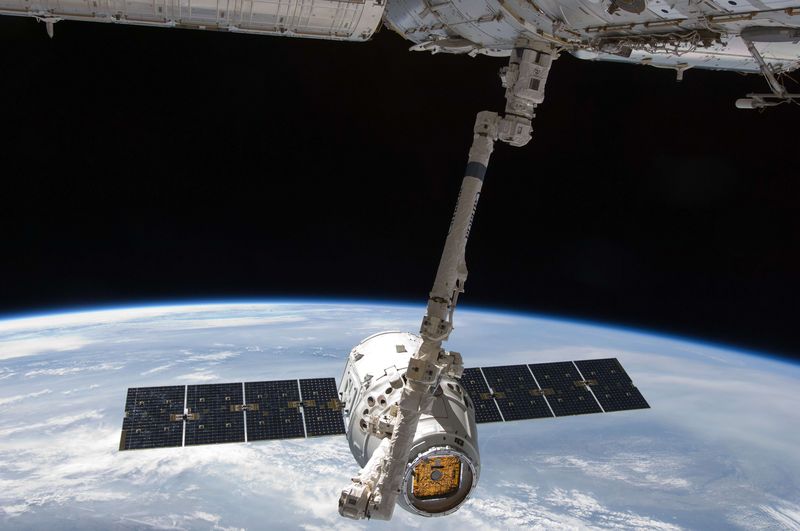Investing.com -- A civilian crew on SpaceX’s Polaris (NYSE:PII) Dawn mission made history by conducting the first spacewalk ever performed by non-government astronauts.
The crew, traveling aboard the SpaceX Crew Dragon capsule, began their spacewalk, or extravehicular activity (EVA), at 6:12 a.m. ET, which was broadcast live by SpaceX.
During the EVA, the entire capsule was depressurized and exposed to the vacuum of space, a dangerous step in their five-day mission orbiting Earth.
This mission has already set new milestones, with the crew journeying farther into space than any human since NASA’s Apollo missions more than 50 years ago.
The four-member crew consists of Jared Isaacman, CEO of Shift4 Payments and the financier of the Polaris Dawn mission; Scott “Kidd” Poteet, a former U.S. Air Force pilot; and SpaceX engineers Anna Menon and Sarah Gillis.
Since launching at 5:23 a.m. ET on Tuesday, they had been preparing for this moment, including a “pre-breathe” process to remove nitrogen from their blood, a critical step to avoid decompression sickness, which could be fatal in the vacuum of space.
Isaacman was the first to exit the spacecraft, doing so just before 7 a.m. ET. He climbed a mobility aid called “skywalker” to venture into space, taking a moment to admire the view.
Gillis and Isaacman were the only crew members to leave the spacecraft, spending a combined total of about 20 minutes outside.
After Isaacman returned to the capsule, Gillis spent about 10 minutes outside, using the opportunity to test the flexibility and movement capabilities of her spacesuit.
SpaceX’s focus on the Polaris Dawn mission included designing spacesuits that offer greater mobility and comfort, moving away from the bulky, restrictive suits traditionally used for spacewalks.
While only two crew members ventured outside, all four enjoyed stunning views from the spacecraft’s windows, observing Earth from an altitude that allowed them to witness sunrises and sunsets roughly every 106 minutes.
Although the crew had previously reached a peak altitude of over 1,400 kilometers (870 miles), the spacewalk took place at an altitude between 190 and 700 kilometers (118 to 435 miles) above Earth.
The capsule remained exposed to space with the hatch open for about two hours.
While outside the capsule, Isaacman and Gillis demonstrated the new EVA suits developed by SpaceX.
These suits are not like the traditional, bulky white ones used by government astronauts during spacewalks from the International Space Station (ISS).
Instead of a Primary Life Support System (PLSS), which acts as a backpack allowing astronauts to move freely in space, the Polaris Dawn crew's suits rely on long hoses connected to their spacecraft for life support.
SpaceX designed and built these suits specifically for this mission in just two and a half years. SpaceX’s goal is to eventually mass-produce these suits, unlike the current custom-made versions used by space agencies, which are highly expensive.
